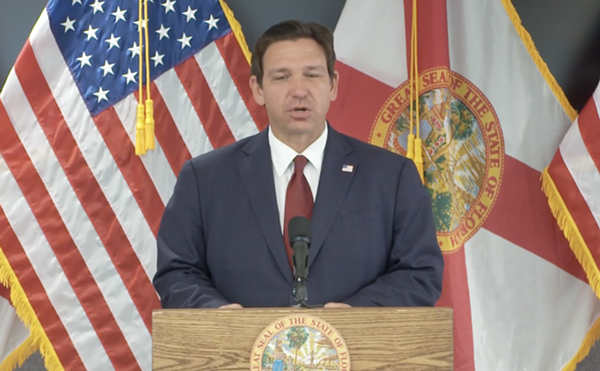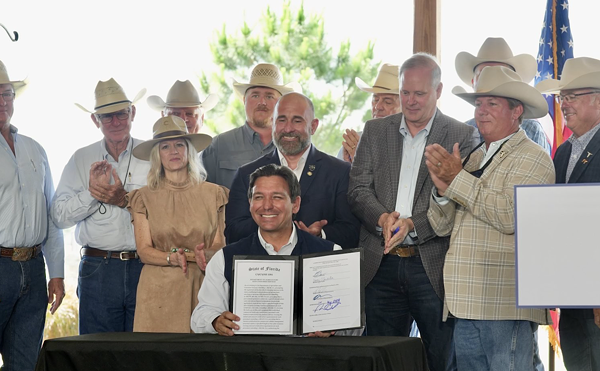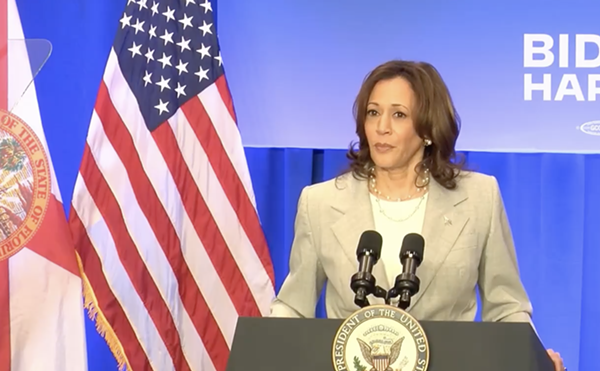In the driver’s seat of one of only 21 vehicles of its kind in the world, I was slightly intimidated. Anyone could sign up to drive or ride. I chose to drive. I fumbled around with the ignition, wondering why the car wasn’t turned on. The Progress Energy representative in the passenger seat chuckled and kindly told me that the car was already on. I couldn’t hear a thing. The engine of the Ford Escape hybrid was absolutely noiseless.
Hybrid and electric vehicles took over the parking lot of Tropicana Field earlier today to kick off the Get Ready Tampa Bay project, an initiative to get St. Petersburg (as well as other cities involved in the project) ready for the future of electric and hybrid vehicles.
Members of the city council were present, including Karl Nurse, Bill Dudley and Wengay Newton. Mayor Bill Foster addressed the crowd briefly, expressing an interest in the possibility of plug-in capabilities at parking meters downtown. “This is just the beginning. We are committed to furthering this opportunity,” he said.
Many speakers stressed that the project is a collaboration between the private and public sectors. Energy companies, including Progress Energy, Florida Power and Light, and Tampa Electric, are working with government officials as well as GM and Ford to create vehicles with an alternative fuel source. All of these electric companies have their own fleet of hybrid cars.
Tampa Electric President Gordon Gillette mentioned that their fleet of hybrid cars is growing. “We can only make a difference if we work together to find ways to encourage sustainability through innovation. It just makes sense and it is the right thing to do.”
According to Progress Energy CEO Vincent Dolan, plug in vehicles will provide three great opportunities including: lessening our country’s dependence on foreign oil, lower and more stable fuel costs, and reduced amounts of greenhouse gases. According to a pamphlet given out by Progress Energy, consumers have the ability to save up to $900 a year on fuel costs if they purchase an all-electric vehicle. It states that a conventional car will require $1,200 a year in fuel, a standard hybrid car will cost $800, a plug-in hybrid car (like the ones seen today) will cost up to $550, and an all-electric car will cost $300 per year.
Dolan says he thinks there will be a day when fueling at the plug is as common as fueling at the pump is today.
















